Are you bored with regular paint? You might have smoothly painted your walls, but they can become dull to look at after some time. Try texture paint if you’re searching for a fun and trendy paint makeover! It’s a secret of minimalist interior design. There is a wide range of paint varieties and finishes.. Get […]

Are you bored with regular paint? You might have smoothly painted your walls, but they can become dull to look at after some time. Try texture paint if you’re searching for a fun and trendy paint makeover! It’s a secret of minimalist interior design. There is a wide range of paint varieties and finishes..
Get creative with interesting patterns and effects on your walls using textured paint. You can also paint over scuff marks and blemishes with textured paint to hide them. This article introduces you to different textured paint types and application methods.
There are different types of textured paint, and each type creates a different textured effect and feel. Most textured paints leave faux finishes that resemble other surfaces, like wood, stone, plaster, and stucco.
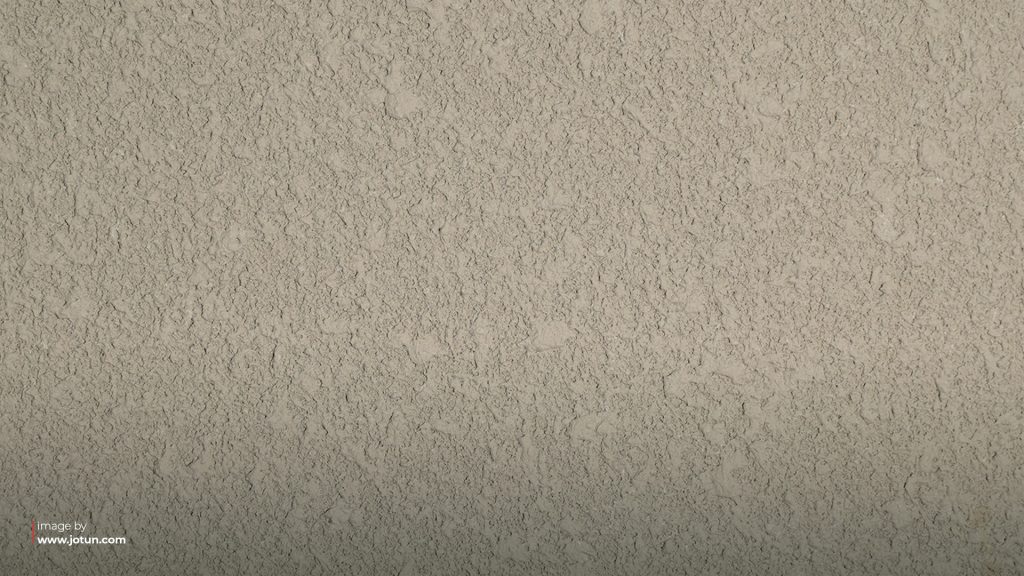
Sand-textured paint is excellent for creating stone faux finishes, as the coarse sand texture is reminiscent of natural stone. You can make sand-textured paint by mixing silica sand with regular paint. We recommend using silica sand over natural sand, as the former is cleaner and more consistent. Most hardware or craft stores sell silica sand that you can buy separately. Change the quantity of sand added to the paint for a smoother or rougher texture.
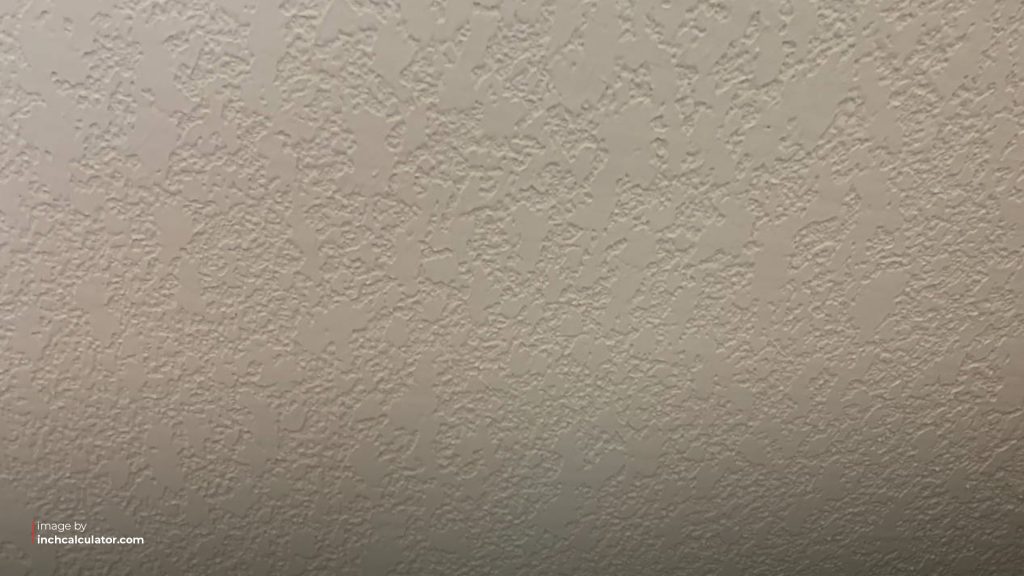
Knockdown textured paint is a popular paint job for bedrooms, living rooms, and hallway walls. You’ll need to spray a thick paint coat over the wall and allow it to completely dry. After that, knock down the protruding points with a putty knife or trowel. It creates a tough and durable paint job to add depth to the walls.
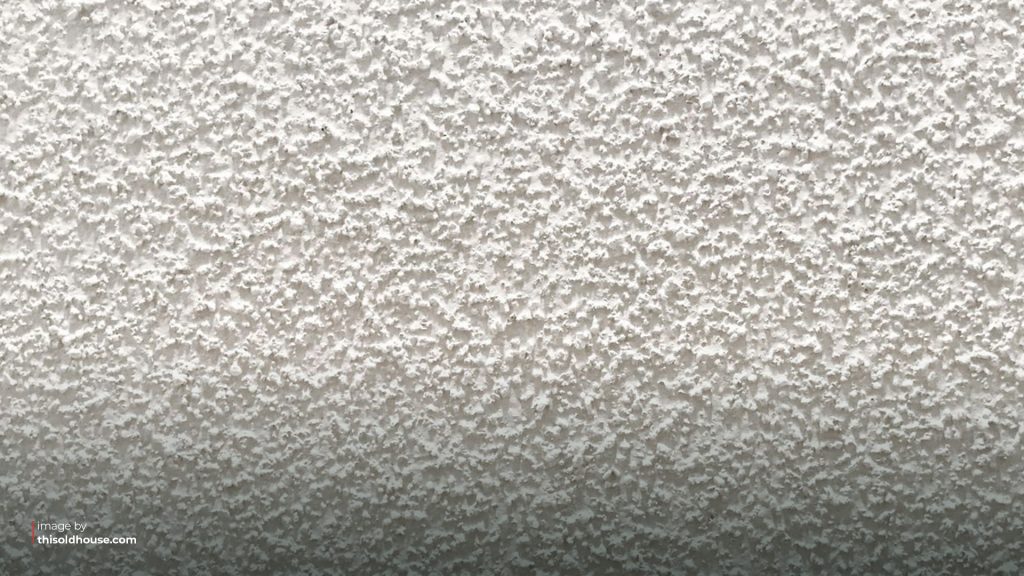
Popcorn textured paint gets its name from the popcorn-like appearance of the paint. You can get this effect by mixing additive perlites into the paint base. Popcorn textured paint is excellent for creating burnished stucco faux finishes. It’s also helpful for camouflaging imperfections on the wall, like dents and pockmarks.
The most common use of popcorn textured paint is to make a popcorn ceiling. Such a ceiling is fire-resistant, sound-dampening, and can add depth and weight to the ceiling. It creates interesting visual textures and breaks up a flat surface’s monotony. Install popcorn ceilings in places that generate more noise and echo, such as hallways and rooms with high ceilings.
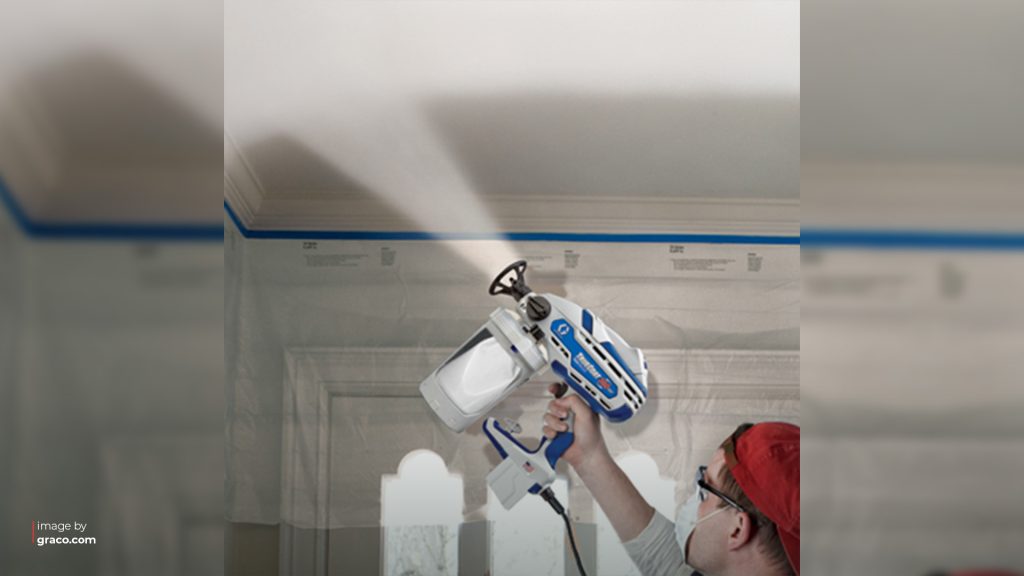
Most people use a paint spray gun to apply the additive perlites to paint on the ceiling. Alternatively, apply the additive perlites on paint rollers and paint the roof directly. You can use pre-mixed perlite paint to avoid mixing manually. Perlite paint is made of primer with tiny pieces of volcanic glass in it.
A popcorn ceiling generally requires more paint than a regular flat ceiling. So, ensure that you prepare an adequate amount before applying.
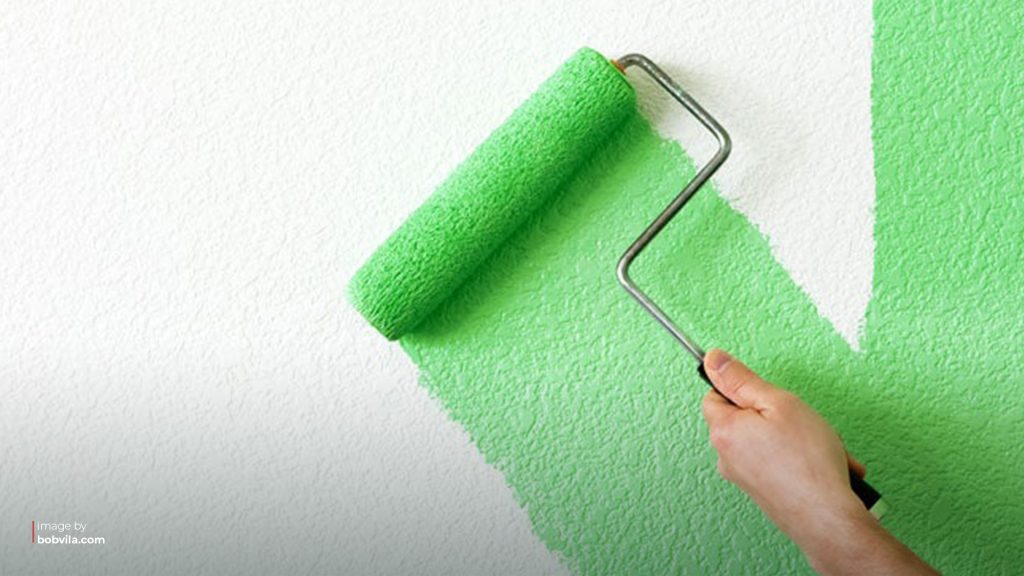
Roll-on textured paint is a sub-layer of textured paint that you can apply before covering it with regular paint. Use standard paint rollers or other ordinary painting tools to apply this type.
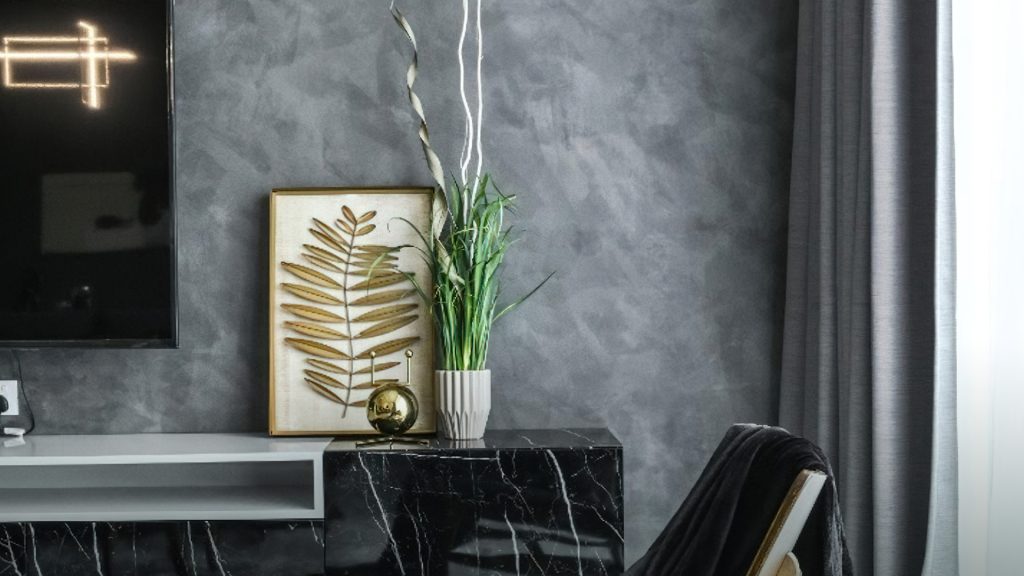
Smooth textured paint does not contain textured additives but has a dense and thick consistency. It would be best to manipulate the color with a putty knife to make plaster or stucco faux finishes.

Are you looking for an old style? Then you must try Venetian plaster texture on your walls with joint compound paint. Combine powdered joint compound with latex paints to make the mixture and use a Milano plaster tool to apply it. The Milano plaster tool is a unique plastering tool that helps you create old plaster faux finishes. This textured look creates a rustic or vintage feel in the room.
Before applying the paint, choose a proper texture paint type that should be suitable for the location of the walls. If you apply the textured paint on walls in outdoor or semi-outdoor environments, ensure the color is durable and waterproof.
Note that textured walls can make a room feel smaller. We recommend using it in large rooms with high ceilings and adequate natural light. A small room may feel claustrophobic with textured paint walls.
You’ll also need to prepare the drywall for efficient textured paint application. Use sandpaper to smooth out the wall surface and remove old paint and debris. You can use a plaster tool or metal scraper to remove larger and harder fragments.
Next, assemble your painting tools, like a putty knife, paint rollers, and sprayers. You can buy textured paint materials, brushes, and tools from most hardware stores, like Home Depot. Some hardware stores also sell pre-mixed textured paint for convenience, so you won’t have to mix it yourself.
If you are making textured paint from scratch, mix your paint well according to the recommended proportions before application. We recommend testing the textured paint mixture on a cardboard piece or scrap wall to see how it looks. If you’re happy with its appearance, you can apply the texture paint over the actual wall.
Remember to cover the floor with newspapers or a large plastic sheet to prevent unsightly paint splatters. Wear a mask and use gloves to protect yourself from paint fumes.
You can apply the textured paint with a paint sprayer or with your hands. Some types of texture paint, like popcorn and knockdown textured paint, require a paint sprayer to apply effectively. You’ll need a ladder, suspension poles, and spray equipment for this painting technique.
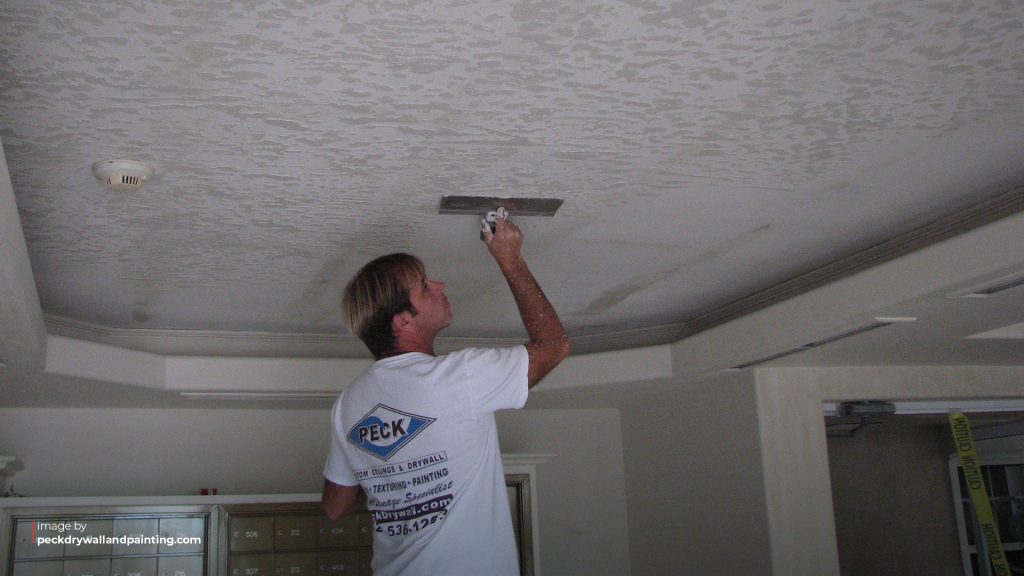
If you are applying the paint manually, follow the specific techniques for each type of texture paint. It ensures you do a proper paint job for the desired effect. You can refer to video tutorials online for guidance on different textured painting techniques.
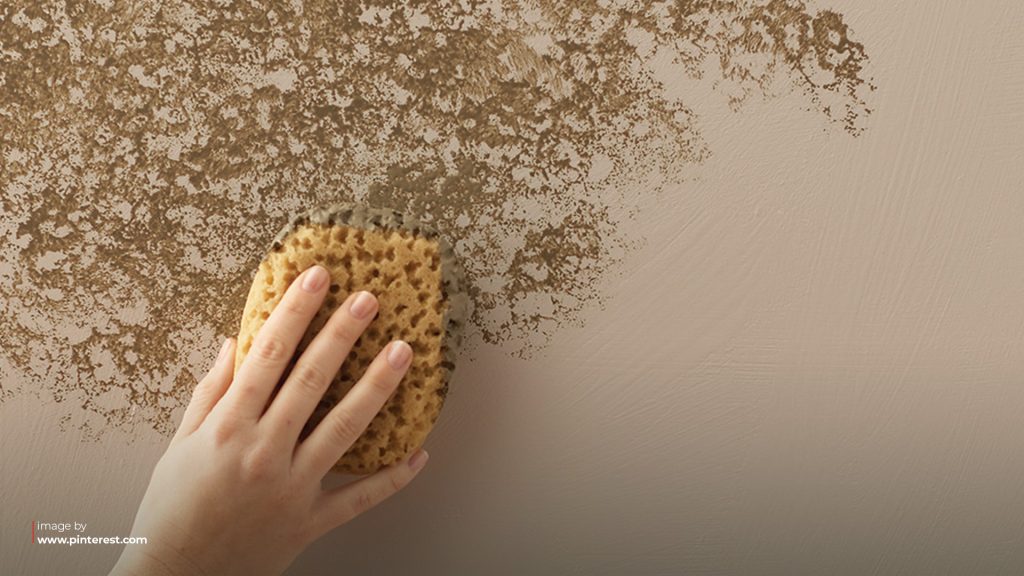
For customized patterns, why not deploy various tools to hand-paint the textures on the wall? Use tools like rollers, cloth, sponges, stencils, and palette knives to add elaborate details to the textured paint. Cut a plastic sheet into a stencil and paint over it to create custom designs. Or, use sea sponges to paint a scattered effect on the wall. Showcase your artistic skills and create unique, personalized paint textures that complement your personality. You’ll also feel proud when you admire the finished product of your handiwork!
When you think of minimalist interior design, bare walls, and plain colors usually come to mind. But your walls don’t have to look dull. Try texture paint for an exciting home makeover to make your walls look fun and stylish. Textured paint is how minimalist interior design creates an attractive room. Textured walls add bold character and visual variety, showcasing your home’s creative personality. So go for it!
42-1, Jalan Doraisamy 50300 Kuala Lumpur, Malaysia.
Office No.1104, Aspect Tower, Business Bay, Dubai, United Arab Emirates
19, Jalan Mutiara Emas 2A, Taman Mount Austin, 81100 JB.